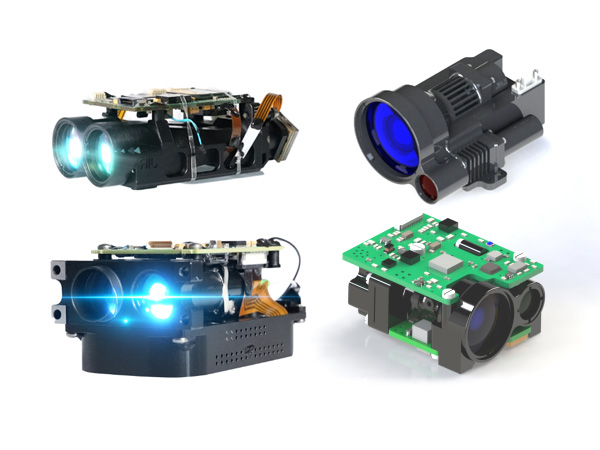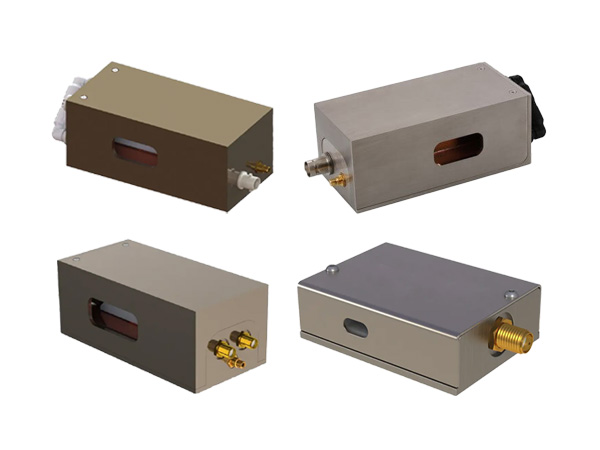Micro- and Nanotetrapods Combine to Make New Optical Scattering and Absorbing Material
Scanning electron microscope (SEM) images show the morphologies of the tetrapods before (b) and after (c) the sputtering process. (Images: Yogendra Mishra)
A new optical scattering and absorbing material created by an international group, including scientists from Germany, Moldova, Denmark, and Australia, consists of microscopic tetrapods made of aerographite carbon, with these microtetrapods covered with a "fur" of much smaller nanotetrapods made of zinc oxide (ZnO) crystals.1 The material demonstrates photoabsorption in the UV and visible regions due to the wide bandgap of ZnO and its intrinsic defects, and photoabsorption in the IR due to the architecture of the ZnO nanostructures and their doping by carbon impurities. The tetrapod mixture can be attached to stretchable substrates if desired.
The scattering effect of the hybrid material could be used in laser-based lighting in the automobile industry and elsewhere to diffuse the laser light just enough so that it is not hazardous to the human eye, while maintaining the laser light's high power.
The group included researchers from the Technical University of Moldova and the Academy of Sciences of Moldova (both in Chisinău, Moldova), Kiel University (Kiel, Germany), Hamburg University of Technology (Hamburg, Germany), University of New South Wales (Sydney, Australia), Niels Bohr Institute, and the University of Copenhagen (Copenhagen, Denmark).
By John Wallace, Senior Editor, <
Source: http://www.uni-kiel.de/pressemeldungen/index.php?pmid=2017-084-laser&lang=en
 English
English Français
Français Deutsch
Deutsch euskara
euskara Русский язык
Русский язык Italiano
Italiano Português
Português Nederlands
Nederlands Polski
Polski Greek
Greek Lietuva
Lietuva Türkçe
Türkçe 日本語
日本語 한어
한어 中文
中文 தாமில்
தாமில் فارسی
فارسی हिंदी
हिंदी Tiếng Việt
Tiếng Việt ภาษาไทย
ภาษาไทย Pilipino
Pilipino Indonesia
Indonesia தாமில்
தாமில்





